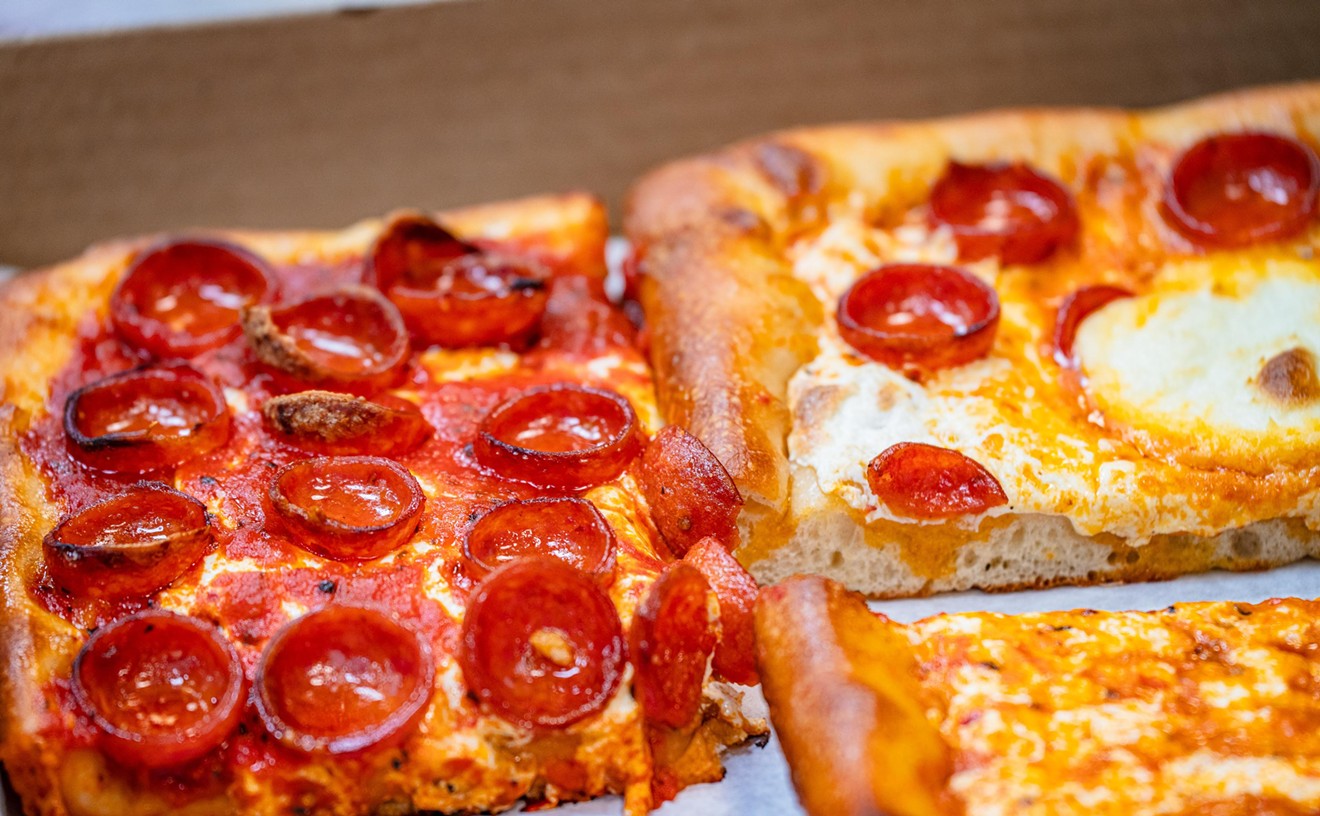Dim sum dates back to the Sun Dynasty, when tenth-century travelers would stop at tea houses along the roads to the southern Chinese city of Canton and partake of a variety of snacks. In that region dim sum is still known as yum cha, or "drinking tea," and yum cha establishments are important institutions for business as well as socializing in Cantonese-speaking areas (including Hong Kong). Dim sum translates literally as "a point on the heart," though according to Tropical's menu, it means "order as you fancy." I suspect they made that up, but it does capture the spirit of the affair, as waiters wheel large carts around the room, each stacked with a number of round metal steaming baskets from which to pick and choose. It's not easy: There are more than 50 dishes (mostly fish, meats, and vegetables, shaped like buns, dumplings, patties, and balls), which get fried, boiled, baked, or steamed.
The waiters behind the wheels in New York's Chinatown have a reputation for being abrupt. If you hesitate too long while deciding what you want, you can kiss your shu mai goodbye, as it will have rolled on to the next table. The staff at Tropical is more patient than that, but they, too, keep the carts moving at a crisp pace. Luckily my dining companions picked out their favorites; otherwise I'm sure I would have tested everyone's patience by pointing at every basket and asking, "What's that?"
In true Cantonese fashion, as you make your selections the waiter marks the prices on a scorecard-check that sits on the table. Small ($2.25), medium ($2.75), large ($3.95), and extra-large ($5.95) servings generally refer to the number of items on the plate (three ginger buns would be a small, four a medium, et cetera); more difficult-to-quantify dishes, such as Singapore rice noodles and clams in black-bean sauce, are priced by the portion. The food is a bargain any which way, and delicious, too, though I still maintain it would be more agreeable at dinnertime. My only other lament is that one of the carts lacked heat, so its offerings were tepid and greasy; after the first pass, we knew to avoid it. Personal favorites among the procession of sweet and savory flavors: turnip cake, the root version of a potato latke; a spicy ginger pork bun; almost all of the dumplings -- shu mai (pork), scallop, and especially the leek, which include shrimp and are wrapped in wheat skins. I was less than enthralled by the shark's fin filling, which tasted rubbery. But such dim sum prejudices are highly subjective. I'm not blaming the shark or the chef.











